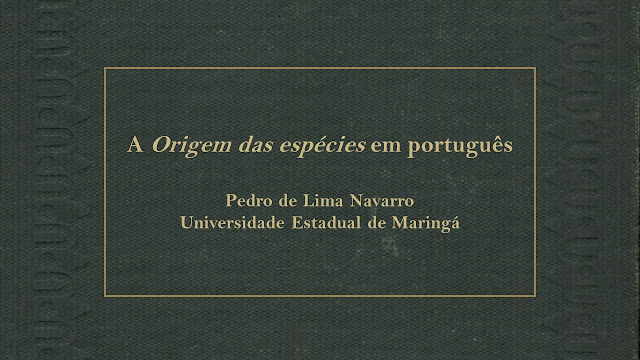Sontag (1961) - Against interpretation
- But it is still assumed that a work of art is its content. Or, as it's usually put today, that a work of art by definition says something. ("What X is saying is . . "What X is trying to say is . . . "What X said is . . ” etc., etc.) 4
- sustains the fancy that there really is such a thing as the content of a work of art. 5
- By interpretation, I mean here a conscious act of the mind which illustrates a certain code, certain “rules” of interpretation. Directed to art, interpretation means plucking a set of elements (the X, the Y, the Z, and so forth ) from the whole work. The task of interpretation is virtually one of translation. The interpreter says, Look, don’t you see that X is really—or, really means—A? That Y is really B? That Z is really C? 5
- Thus, interpretation is not (as most people assume) an absolute value, a gesture of mind situated in some timeless realm of capabilities. Interpretation must itself be evaluated, within a historical view of human consciousness. In some cultural contexts, interpretation is a liberating act. It is a means of revising, of transvaluing, of escaping the dead past. In other cultural contexts, it is reactionary, impertinent, cowardly, stifling. 7
- culture whose already classical dilemma is the hypertrophy of the intellect at the expense of energy and sensual capability, interpretation is the revenge of the intellect upon art. 7
- To interpret is to impoverish, to deplete the world—in order to set up a shadow world of “meanings.” It is to turn the world into this world. (“This world”! As if there were any other.) 7
- Real art has the capacity to make us nervous. By reducing the work of art to its content and then interpreting that, one tames the work of art. Interpretation makes art manageable, comformable. 8
- It doesn't matter whether artists intend, or don't intend, for their works to be interpreted. 9
- pure, untranslatable, sensuous immediacy of some of its v images, and its rigorous if narrow solutions to certain problems of cinematic form. 9
- It is always the case that interpretation of this type indicates a - dissatisfaction (conscious or unconscious ) with the work, a wish to replace it by something else. Interpretation, based on the highly dubious theory that a work of art is composed of items of content, violates art. It makes art into an article for use, for arrangement into a mental scheme of categories. 10
- so direct that the work can be . . . just what it is. 11
- What is needed, first, is more attention to form in art. If excessive stress on content provokes the arrogance of . interpretation, more extended and more thorough descriptions of form would silence. What is needed is a vocabulary—a descriptive, rather than prescriptive, vocabulary—for forms.* The best criticism, and it is uncommon, is of this sort that dissolves considerations of content " mto those of .form. 12
- reveal the sensuous surface of art without mucking about in it. 13
- Ours is a culture based on excess, on overproduction; the result is a steady loss of sharpness in our sensory experience. 13
- Our task is not to find the maximum amount of content in a work of art, much less to squeeze more content out of the work than is already there. Our task is to cut back content so that we can see the thing at all. 14
- The function of criticism should be to show how it is what it is, even that it is what it is, rather than to show what it " means. 14
- In place of a hermeneutics we need an erotics of art. 14

Comentários
Postar um comentário